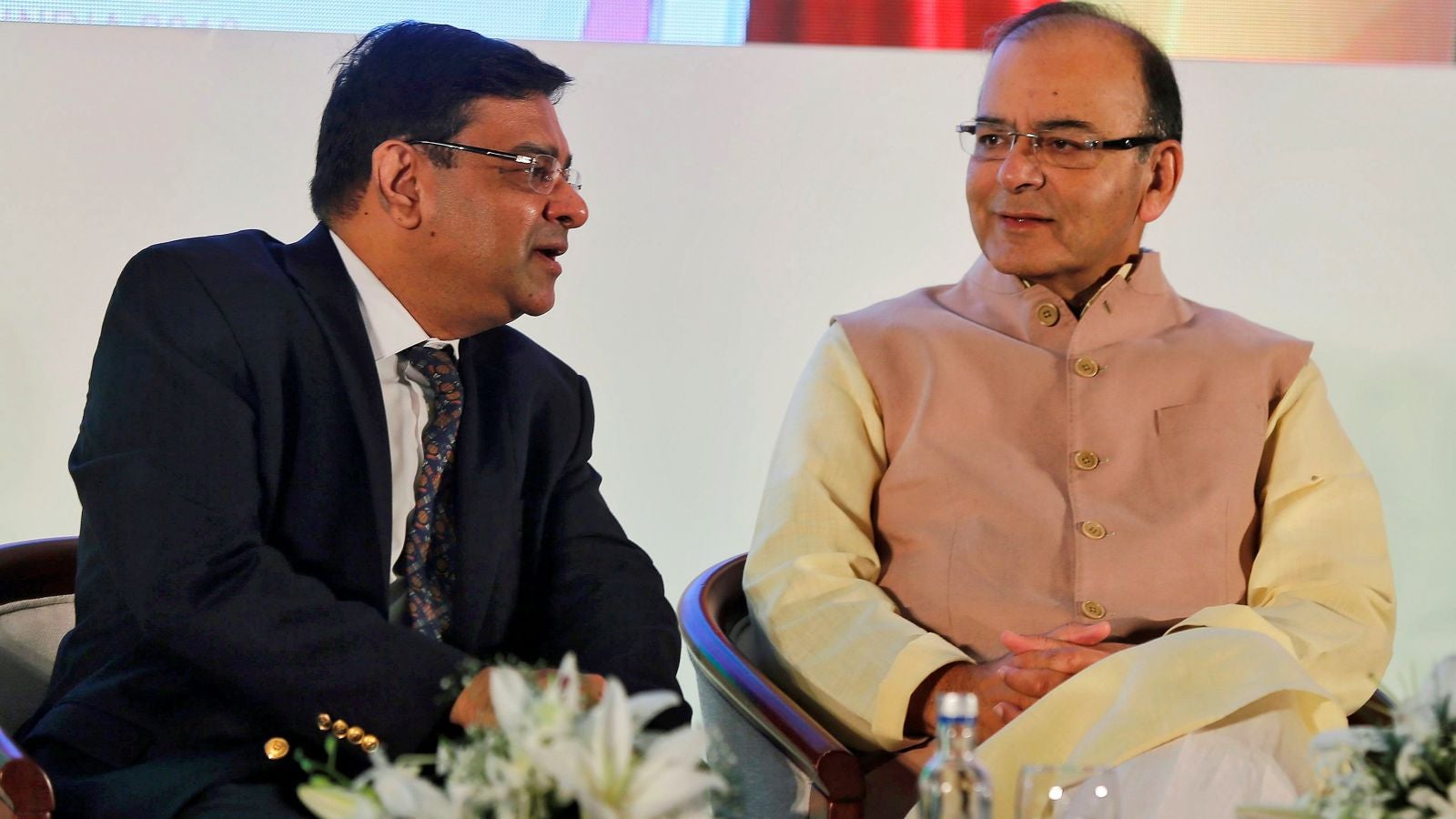India’s creating a new giant by merging three banks. Here’s what it may look like
India is trying to have fewer but healthier lenders.


India is trying to have fewer but healthier lenders.
On Sept. 17, the Narendra Modi government announced plans to merge three public sector banks: Mumbai-based Dena Bank, Bengaluru’s Vijaya Bank, and Bank of Baroda (BoB) that has its head office in Vadodara, Gujarat. The merged entity, with total assets of over Rs14 lakh crore ($190 billion), will be India’s third-largest lender behind the State Bank of India and HDFC Bank.
“The government had announced in the budget (for the financial year 2019) that consolidating banks was on our agenda and the first step has been announced,” finance minister Arun Jaitley said in New Delhi.
With this, the government has thrown a lifeline to Dena Bank, whose gross non-performing assets (NPA) ratio in the quarter ended June 30, 2018, stood at 22%, among the industry’s highest. It is already under the Reserve Bank of India’s (RBI) supervision; in May it was barred from lending any further or recruiting new employees.
Vijaya Bank and BoB are in better shape. In the April-June quarter of financial year 2019, Vijaya Bank posted a net profit of Rs144 crore, while BoB’s figure stood at Rs528 crore. In this period, Dena Bank posted a net loss of Rs721 crore.
One of the reasons for choosing these three banks was that the two stronger ones will be able to absorb the weaker entity, explained Jaitley.
“It (the merged bank) will be a strong competitive bank with economies of scale, network synergies, low-cost deposits and subsidiaries, and the possibility of greater outreach and expansion,” said Rajiv Kumar, the government’s financial services secretary.
The merger proposal will first have to be approved by the board of directors of the three banks. Then the government will prepare a plan to be vetted by the union cabinet and both houses of parliament. The process can take up to a year, said Asutosh Kumar Mishra, a banking analyst with Reliance Securities.
Here’s what the merged entity could look like:
After the merger, this is how the country’s top three banks will be positioned:
Here’s a look at how the merged bank will stack up against the other government-owned banks:
While the government has assured there will be no job losses, bank unions are up in arms. Several of them are set to demonstrate across the country against the merger plan. Even BoB and Vijaya Bank shareholders are unlikely to be happy since their assets could get diluted by Dena Bank’s absorption.
“These banks will have to compensate for the bad asset quality of Dena Bank and it is likely they will be very unhappy with the move and this may also lead to some hiccups in the merger process,” said Mishra of Reliance Securities.
Meanwhile, a similar plan may be in the pipeline for other struggling public lenders.
After all, by the end of March 2018, the sector’s gross NPAs had risen to 11.6% of total assets from 10.2% in September 2017. NPAs are loans against which repayments have not been made and there are chances of default. The situation is unlikely to ease any time soon—in fact, it may worsen, the RBI has warned.
So mergers have been seen as a tool to tackle the problem. In 2017, India’s largest lender, SBI, merged with five associate banks and the Bharatiya Mahila Bank to enter the league of the world’s top 50. Recently, the government allowed state insurer Life Insurance Corporation of India to take over IDBI Bank, the worst performer in terms of bad loans.